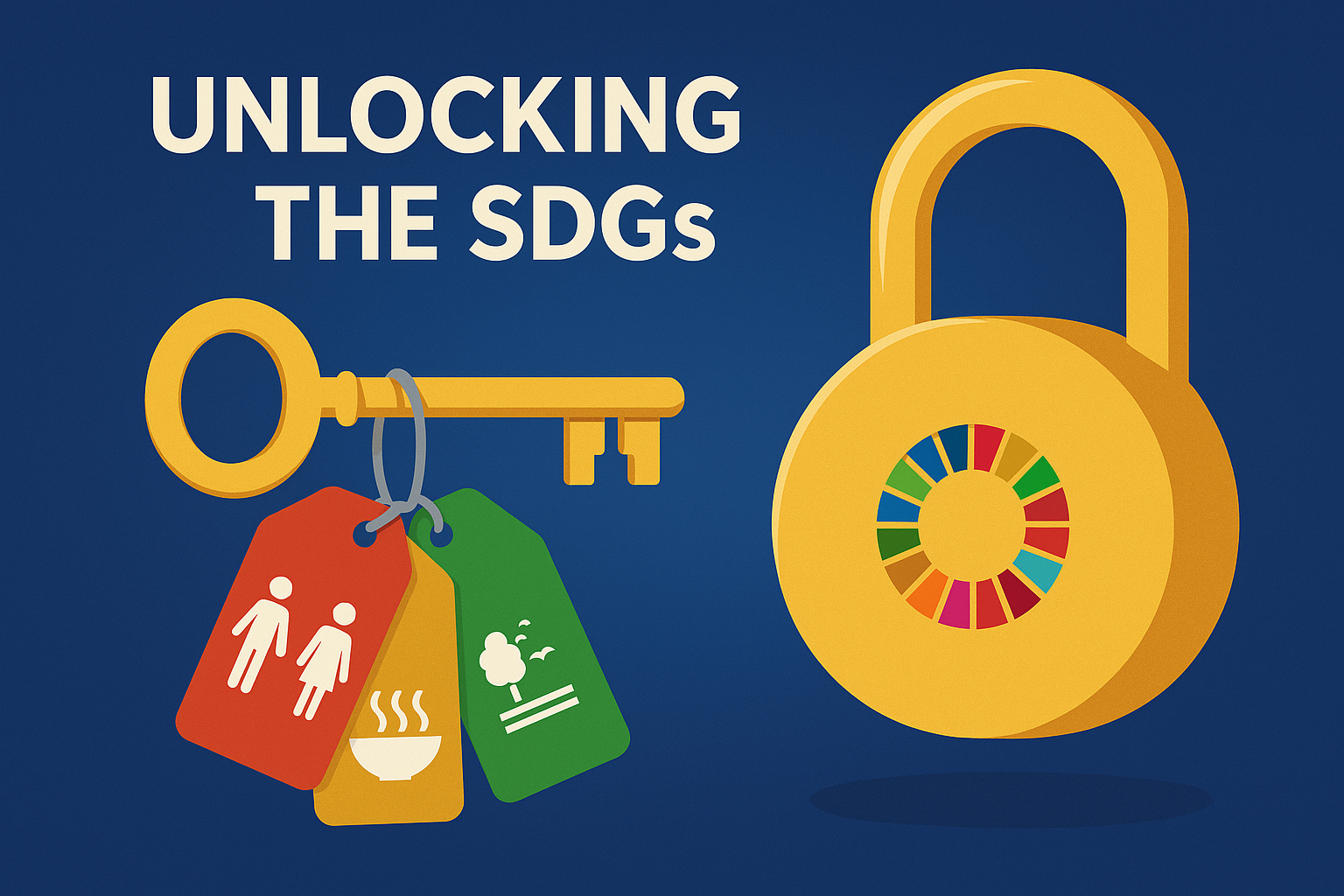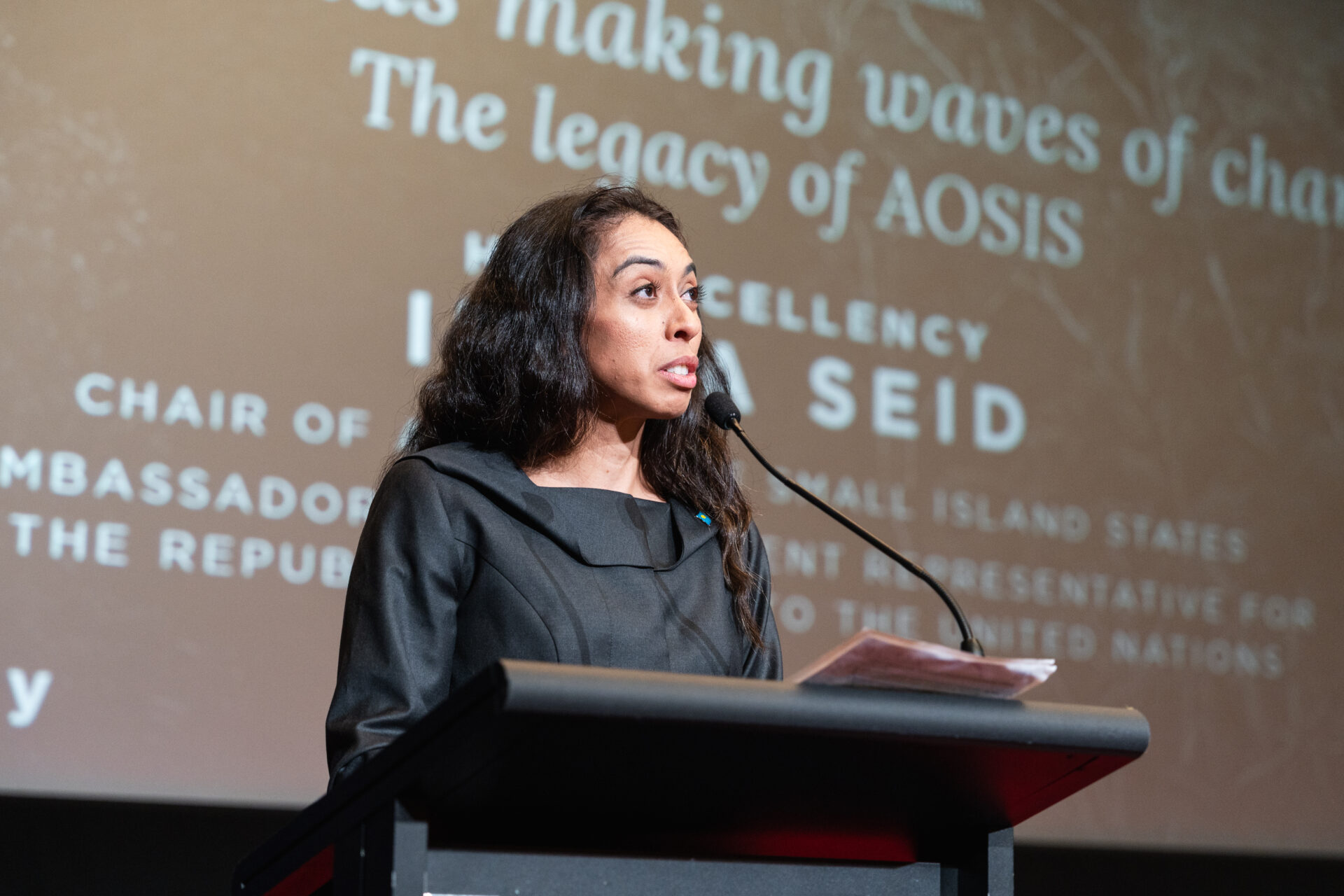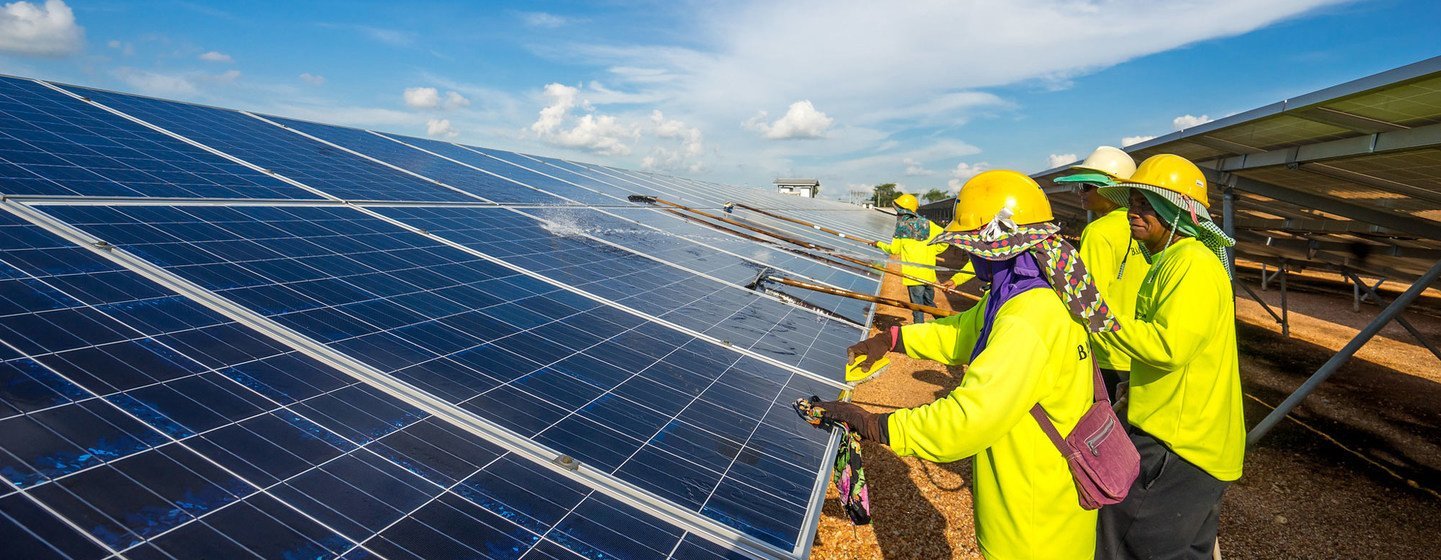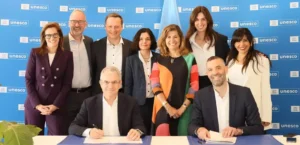Key Impact Points:
- Transparency and accountability remain weak: The COP29 agreement on Article 6 carbon markets falls short of fixing loopholes, leaving countries with little incentive to ensure quality and compliance in emissions trading.
- Operational gaps in Article 6.4: Old Clean Development Mechanism (CDM) projects face limited reassessment, and weak rules on removals risk undermining credibility in the market.
- Reliance on external actors for oversight: The complex system places responsibility on stakeholders and third parties to maintain market integrity in the absence of robust regulations.
Transparency Challenges in Article 6.2
Despite efforts to strengthen oversight, the agreement on Article 6.2 at COP29 offers only marginal improvements. Countries are now required to publish some information on Internationally Traded Mitigation Outcomes (ITMOs), but the timing remains problematic.
- Transparency delays: Key details about carbon credits and trade deals may only emerge years after issuance, raising concerns about oversight in the interim.
- Oversight weaknesses: “Offering marginal improvements to transparency provisions, the package does not shine enough light on an already opaque system where countries won’t be required to provide information about their deals well ahead of actual trades,” said Jonathan Crook, policy lead on global carbon markets.
The lack of a robust review process means countries can continue trading low-quality credits without significant repercussions, undermining trust in the system.
Operationalizing Article 6.4
The Article 6.4 mechanism, while embedding some essential principles, still struggles with key operational gaps.
- CDM legacy issues: Projects transitioning from the Kyoto Protocol’s CDM face minimal additional scrutiny, perpetuating flaws in the system.
- Rules on removals fall short: The Supervisory Body must clarify critical areas like the non-permanence risk of credits, guided by “best available science.”
Change the World - Subscribe Now
“Much lies in the hands of the Supervisory Body now,” said Federica Dossi, policy expert on global carbon markets. “To show that it is ready to learn from past mistakes, it will have to take tough decisions next year and ensure that Article 6.4 credits will be markedly better than the units that old CDM projects will generate.”
A Complex and Outsourced System
The Baku agreement has created a convoluted framework that leans heavily on external actors to identify and address shortcomings.
- Insufficient accountability: There are no clear penalties or deadlines for addressing non-compliance, making it easier for countries to sidestep their obligations.
- Reliance on third parties: As Federica Dossi notes, without stringent top-down regulations, the market risks devolving into “a distraction and a waste of 10 years’ worth of carbon market negotiations.”
The Road Ahead
The Article 6 framework as it stands risks enabling a “Climate Wild West” unless immediate actions are taken. Strengthening transparency, ensuring rigorous oversight, and upholding the integrity of market participants will be crucial to leveraging carbon markets as a credible tool for climate action.
Related Article: TotalEnergies Invests $100 Million in U.S. Forest Carbon Projects to Enhance Carbon Storage and Conservation











